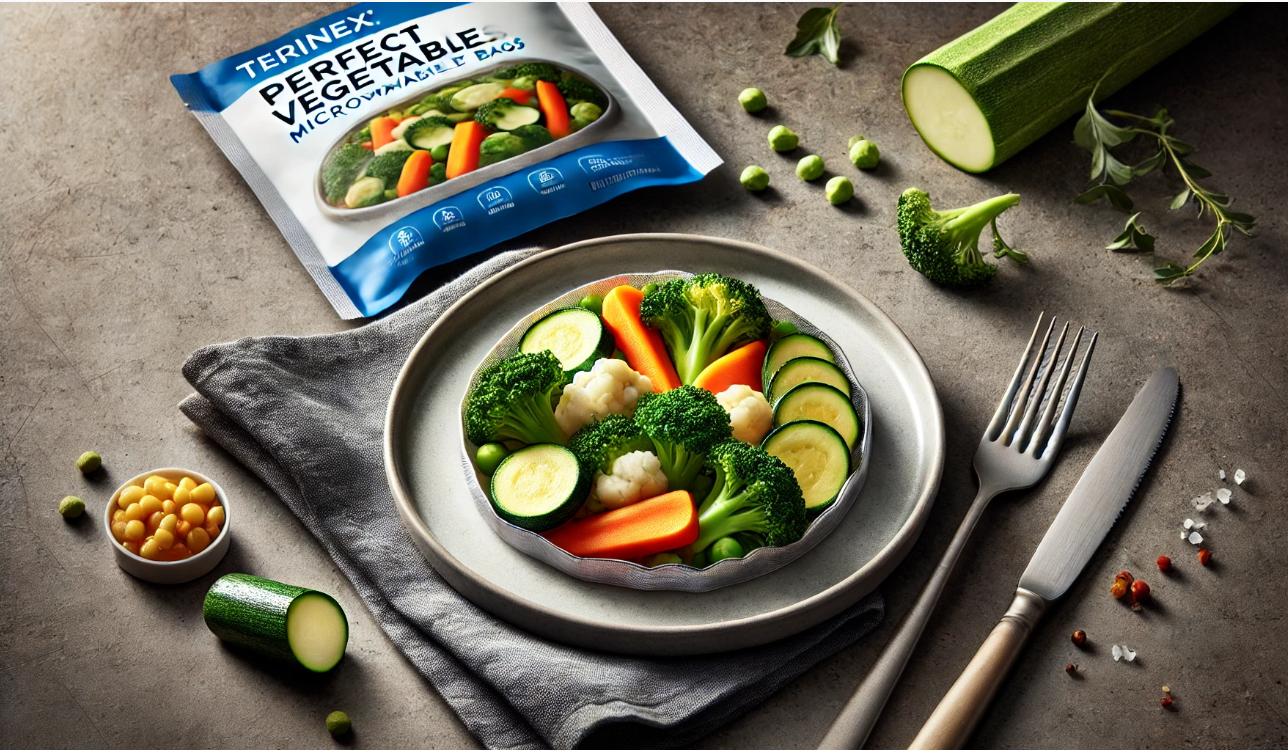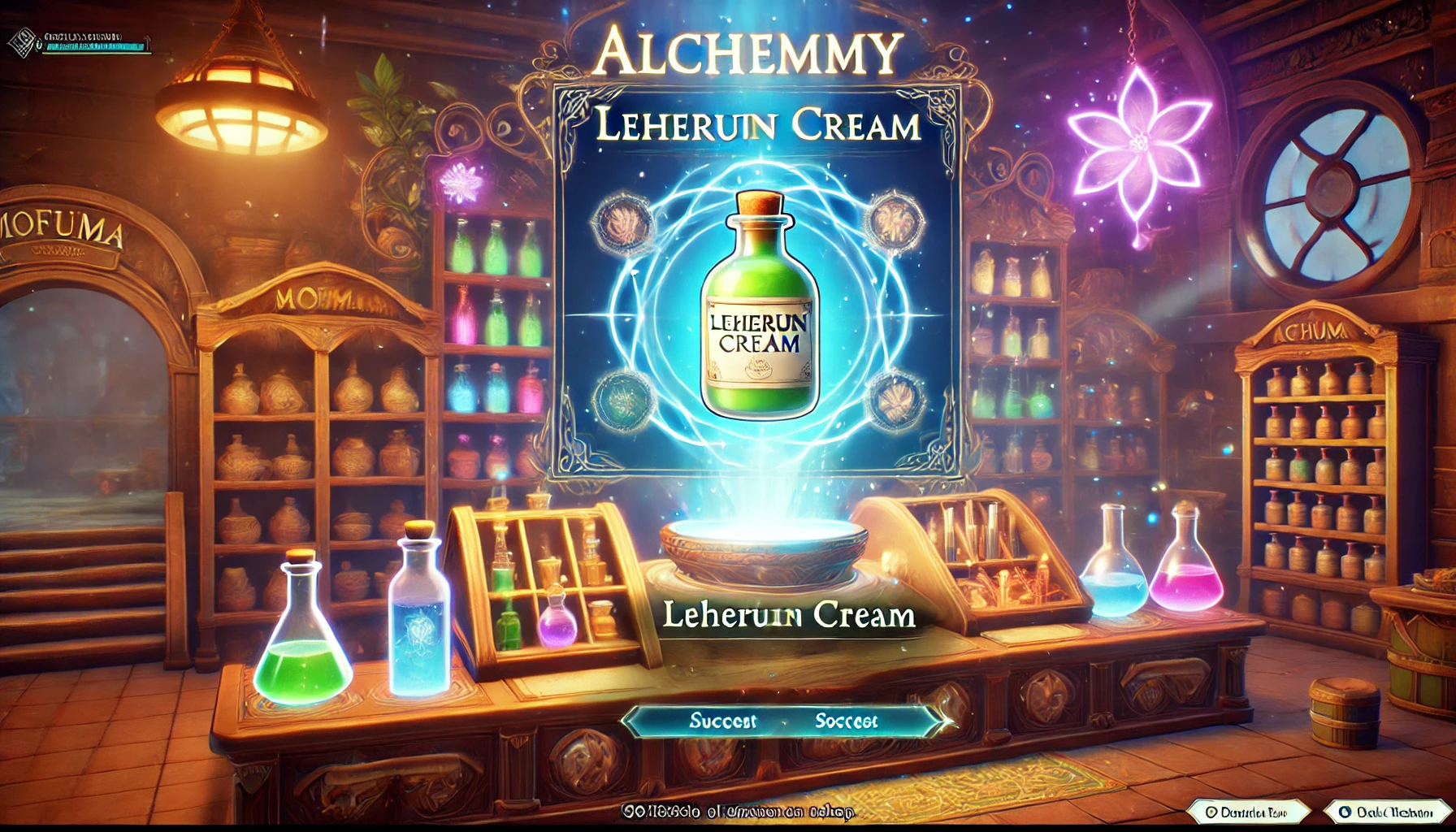Raw organic unpasteurized milk has been a subject of interest for health enthusiasts and traditional food advocates. Known for its fresh taste and potential health benefits, it is often considered a wholesome alternative to commercially processed milk.
However, the purchase and consumption of raw organic unpasteurized milk come with questions about its safety, availability, and legalities. This guide will provide an in-depth look at all aspects of raw organic unpasteurized milk to help you make an informed decision.
What Is Raw Organic Unpasteurized Milk?
Raw organic unpasteurized milk refers to milk that has not undergone pasteurization, a heat treatment process designed to kill harmful bacteria. Organic certification ensures that the milk comes from cows raised without synthetic pesticides, antibiotics, or hormones. Combining the benefits of being raw and organic, this milk is often touted as a more natural and nutrient-rich option compared to its pasteurized counterparts.
Nutritional Profile
Raw organic unpasteurized milk retains its natural enzymes, vitamins, and probiotics that are often diminished during pasteurization. It contains:
- Vitamins: A, D, E, and K
- Minerals: Calcium, magnesium, and phosphorus
- Probiotics: Beneficial bacteria supporting gut health
- Enzymes: Lactase and lipase aiding digestion
However, these benefits must be weighed against potential health risks.
Health Benefits and Risks
Benefits
Advocates of raw organic unpasteurized milk highlight the following potential advantages:
- Enhanced Nutrient Absorption: The presence of active enzymes aids in better digestion and nutrient uptake.
- Improved Gut Health: Probiotics in raw milk can help balance gut microbiota.
- Better Taste: Many consumers prefer its fresh and creamy flavor compared to processed milk.
Risks
On the flip side, consuming raw milk carries certain risks due to the potential presence of harmful bacteria like E. coli, Salmonella, and Listeria. These pathogens can cause severe foodborne illnesses, especially in vulnerable groups such as children, pregnant women, and the elderly.
Legal Status of Raw Milk
The legal status of raw organic unpasteurized milk varies widely across the globe. In countries like the United States, raw milk sales are regulated differently by state. Some states allow sales directly from farms, while others restrict or ban it altogether. In Pakistan, raw milk is widely available in local markets, but the “organic” label may not always be verified.
Table: Legal Status of Raw Milk in Selected Countries
| Country | Legal Status |
|---|---|
| United States | Varies by state |
| Canada | Illegal for direct sale |
| Pakistan | Widely available, organic claims unverified |
| European Union | Legal with stringent hygiene regulations |
Availability of Raw Organic Unpasteurized Milk
In countries like Pakistan, raw milk is commonly available at local dairy shops and through home delivery services. However, finding milk that is both raw and organically certified can be challenging. When purchasing, consider the following:
- Farm Practices: Visit farms or vendors to verify cleanliness and animal welfare.
- Reputation: Choose suppliers with positive reviews and transparent practices.
- Certification: Ensure the milk is labeled organic if that’s a priority for you.
Safe Consumption Practices
To minimize risks while enjoying raw organic unpasteurized milk, follow these safety tips:
- Store Properly: Keep the milk refrigerated at all times.
- Boil When in Doubt: While boiling may kill some beneficial enzymes, it’s a safer option if you’re unsure about the milk’s source.
- Check Freshness: Always smell and taste test before consumption.
Alternatives to Raw Organic Unpasteurized Milk
For those hesitant about raw milk, alternatives include:
- Pasteurized Organic Milk: Retains organic certification without the risks of raw milk.
- Plant-Based Milks: Options like almond, soy, or oat milk are increasingly popular.
- Fortified Dairy Products: Many commercial milk products are enriched with vitamins and minerals.
FAQs
How does raw milk taste compared to pasteurized milk?
Raw milk is often described as creamier and richer in flavor compared to pasteurized milk, as it retains its natural fat and enzymes.
Is raw organic unpasteurized milk more expensive than regular milk?
Yes, raw organic unpasteurized milk is generally more expensive due to the organic certification, smaller-scale production, and stricter handling requirements.
Does raw milk cause allergies less often than pasteurized milk?
Some people claim they experience fewer allergic reactions to raw milk because of the presence of active enzymes, but this is not scientifically proven and varies from person to person.
Can raw milk be used for making cheese and yogurt?
Yes, raw milk is highly sought after for cheese and yogurt making because of its natural enzymes and bacteria, which enhance the fermentation process.
Are there specific storage containers recommended for raw milk?
Glass containers are often preferred for storing raw milk as they are non-reactive, easy to clean, and help maintain the milk’s freshness better than plastic.
Conclusion
Raw organic unpasteurized milk offers a unique combination of natural taste and potential health benefits but comes with significant risks if not sourced and handled properly. Understanding its nutritional profile, legal status, and safety measures can help you make an informed choice. Always prioritize hygiene and reputable sources to enjoy this traditional yet controversial beverage safely.
Recommended Articles:
- Rune Team Bitters Anime Download (ルネ Team Bitters動漫下载): Comprehensive Guide
- Can Your Pet Be in the Room with UVO254? A Comprehensive Guide
- Geissele SMR MK16 13.5 Inch Handguard Tarkov: A Complete Guide
- The Ultimate Guide to Choosing the Best AirTag Holder for Trek Precaliber 24
- Understanding California’s $485 Red Light Camera Ticket Penalty: A Comprehensive Guide








































































































Leave a Reply